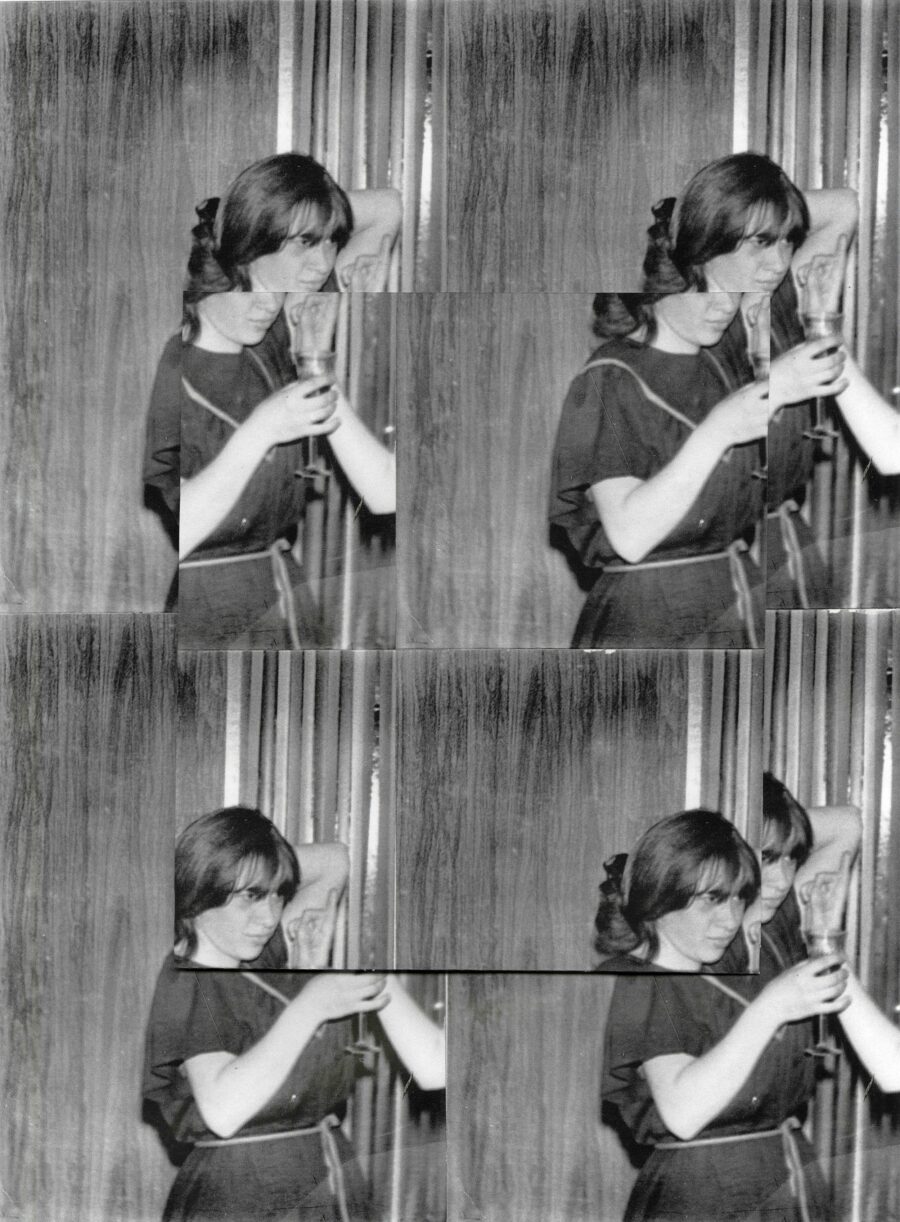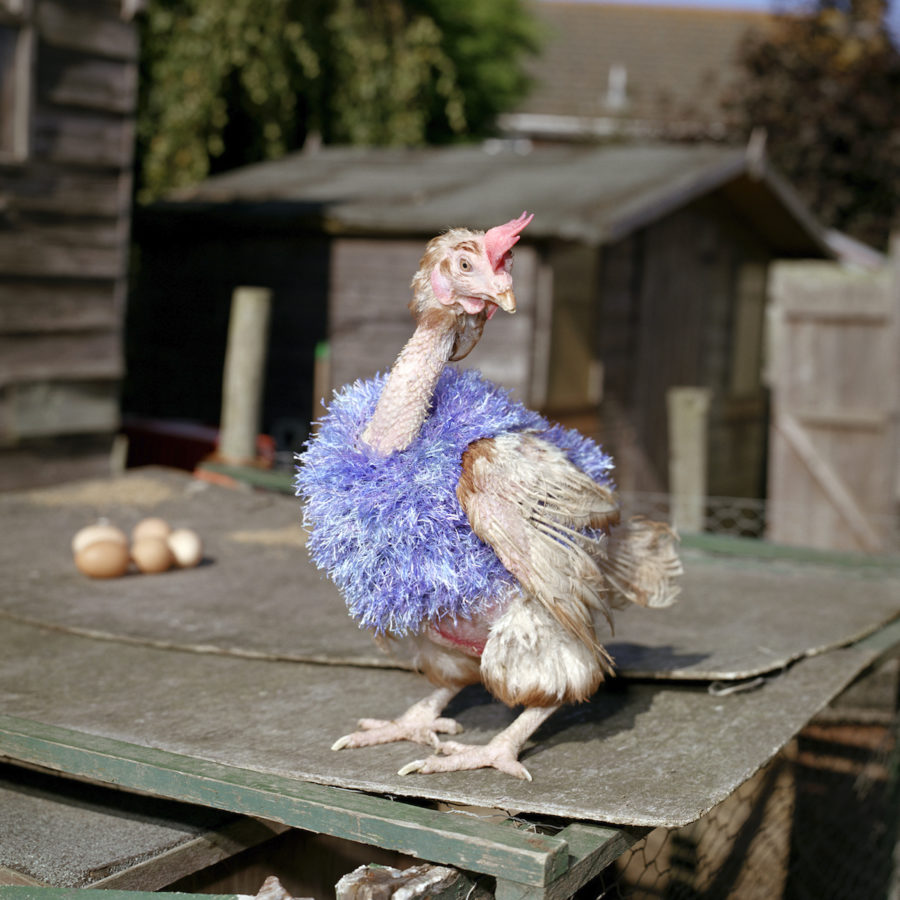Through family archives and new images, Postponed Disbelief explores memory, language, and the impact of conflict


Through family archives and new images, Postponed Disbelief explores memory, language, and the impact of conflict

The photographer’s career has been overshadowed by her communist links and her more famous brother, but 25 years of her work is now being reappraised


The exhibition, opening tomorrow, brings together the work of 12 artists who consider the complexities of human relationships with the land and climate justice

The photographer’s new book, Good Hope, draws on archival imagery and text to build a layered and fragmented narrative

The American photographer’s new book, The Forgotten, trials a complex hierarchy of power between the sheltered, the remembered, and the forgotten

The group exhibition offers an alternative perspective on the climate crisis by emphasising the unheard voices of the southern hemisphere

In A Gadda Da England freely mixes time and place, finding connections between events and protests through the years